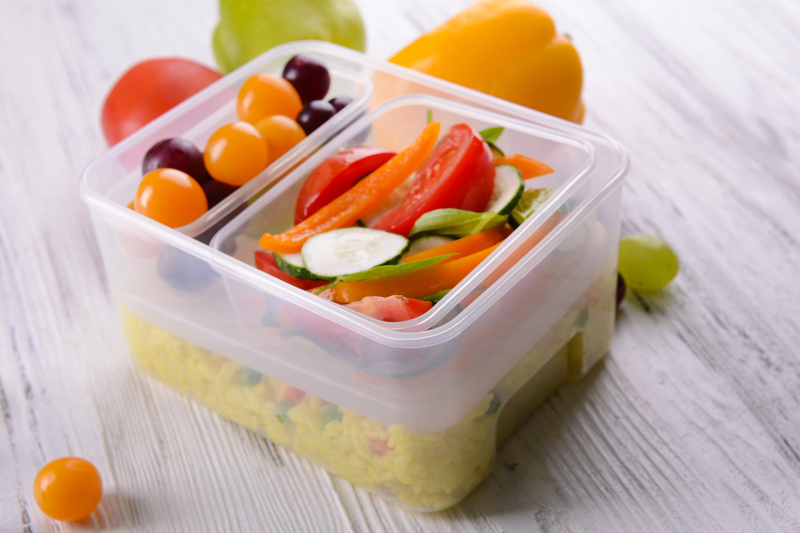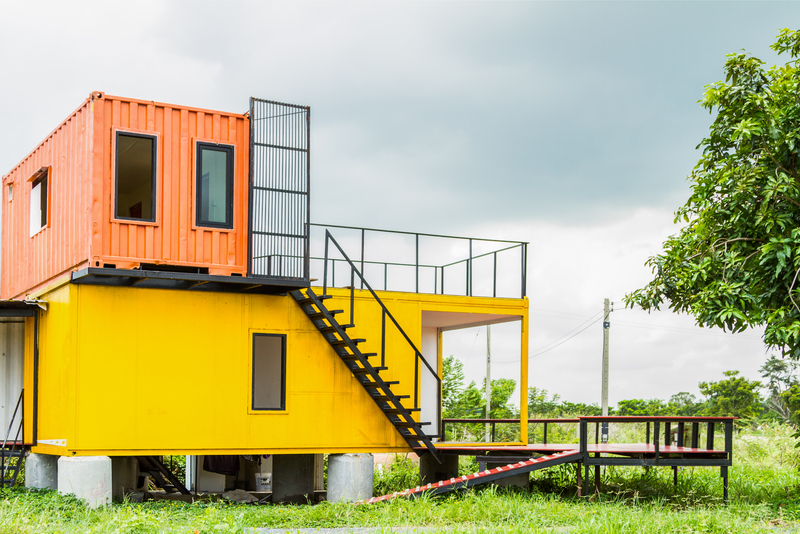Towards a Cleaner Future: Stopping Microplastic Pollution
The scale of microplastic contamination in our water, soil, air--and even within living beings--is a global environmental crisis. But there is hope. By learning about microplastic pollution and acting collectively, we can pave the way for a cleaner, healthier future for the planet and its people.
Understanding Microplastic Pollution
Microplastics are tiny plastic particles, generally less than 5 millimeters in diameter. These minuscule contaminants have infiltrated ecosystems across the world, from remote mountain peaks to the depths of our oceans.
What Are Microplastics?
Microplastics fall into two main categories:
- Primary microplastics: Manufactured to be tiny, such as microbeads in cosmetics, cleaning products, or fibers from synthetic clothing.
- Secondary microplastics: Result from the breakdown of larger plastic debris, like water bottles or shopping bags, due to sunlight, wind, and mechanical wear.
Where Do Microplastics Come From?
The sources are both diverse and surprising. Common contributors include:
- Laundry: Synthetic fabrics shed fibers during washing, entering waterways with wastewater.
- Tires: As tires wear down, they release microplastic dust onto roads, which is then washed into rivers and seas.
- Personal care products: Some toothpastes and exfoliating scrubs contain plastic microbeads.
- Industrial processes: Factories often use plastic pellets, which can leak into the environment.
- Household waste: Improperly disposed plastics break down into tiny plastic particles over time.
Why Are Microplastics a Threat?
Stopping microplastic pollution is critical because it affects:
- Wildlife: Marine animals, birds, and even insects mistake microplastics for food, causing malnutrition and toxic exposure.
- Human health: Microplastics have been found in the air we breathe, the food we eat, and the water we drink. They can linger in organs and potentially disrupt bodily systems.
- Environmental systems: These tiny plastic pieces disrupt soil quality, water cycles, and threaten ecosystems worldwide.

The Impact of Microplastic Pollution
Environmental Effects
Microplastics have contaminated virtually every corner of the planet. Here are some key environmental impacts:
- Ocean Pollution: The majority of microplastics end up in the ocean, where they are consumed by fish, plankton, and marine mammals, often entering the food chain.
- Soil Contamination: Agricultural land treated with sewage sludge can accumulate microplastics, affecting soil fertility and plant health.
- Harm to Forests: Microplastics can alter soil structure and microbial life, disrupting forest ecosystems.
Human Health Risks
Microplastic particles can infiltrate the human body via seafood, drinking water, and even the air. Although research is ongoing, scientists have found:
- Respiratory Issues: Inhaling airborne microplastics can irritate the lungs and worsen respiratory conditions.
- Digestive Problems: Consuming microplastic-laden food may hinder nutrient absorption and introduce toxins into the body.
- Potential Toxicity: Plastics often carry harmful chemicals like phthalates and bisphenol A (BPA), associated with various health problems.
How to Stop Microplastic Pollution: Solutions for the Future
Tackling microplastic pollution requires action at every level--from international regulation to everyday lifestyle choices. Here is a comprehensive approach towards a cleaner future:
1. Reducing Plastic Use
One of the most effective ways of stopping microplastics at the source is to reduce overall plastic production and consumption:
- Opt for natural fibers: Choose clothing and textiles made from organic cotton, hemp, or wool over synthetics.
- Say no to single-use plastics: Replace disposable cutlery, bags, and packaging with reusable alternatives.
- Select microbead-free products: Look for personal care items labeled "microplastic-free."
2. Improving Waste Management
An effective waste management system is vital for curbing microplastic pollution.
- Upgrade recycling systems: Invest in separating out plastics and ensuring they are properly processed.
- Prevent littering: Public education, stricter laws, and community-based clean-ups can help prevent plastics from entering the environment.
- Better treatment at wastewater plants: Advanced filtration technologies can capture tiny plastic particles before they're discharged into rivers and oceans.
3. Technological Innovations
Science and technology hold promise for ending microplastic pollution:
- Filters for washing machines: Devices that capture microfibers before wastewater leaves the machine.
- Biodegradable plastics: Creating new materials that break down safely in the environment.
- Ocean clean-up technologies: Machines and initiatives that collect floating plastic debris from waterways.
4. Policy and Legislation
Governments around the world are realizing the urgency of microplastic prevention. Efforts include:
- Bans on microbeads: Several countries have outlawed microbeads in cosmetics and cleaning products.
- Plastic reduction targets: Legally binding targets to lower plastic production and increase recycling rates.
- International agreements: Treaties and collaborations, such as the United Nations Environment Programme's plastics initiatives.
5. Scientific Research and Monitoring
Ongoing research is essential for understanding the full extent of the issue and developing effective solutions.
- Tracking pollution sources: Using new tracing technologies to identify where microplastics enter the environment.
- Health impact studies: Investigating how microplastics affect human and animal health.
The Role of Businesses, Consumers, and Individuals
Industry Responsibility
Companies can make a significant difference in stopping microplastic pollution by:
- Rethinking product design: Developing alternatives to plastic packaging and single-use products.
- Transparency: Clearly labeling products that contain microplastics, helping consumers make informed choices.
- Corporate responsibility: Joining global pledges and sustainability initiatives to reduce microplastic footprints.
What Can Individuals Do?
Each person plays a vital role in preventing microplastic pollution. Here's how you can contribute:
- Laundry habits: Use a guppyfriend bag or attach a filter to your washing machine to catch microfibers.
- Smart shopping: Avoid products with "polyethylene" or "polypropylene" in ingredient lists.
- Reusable choices: Switch to cloth bags, reusable water bottles, and stainless steel or glass containers.
- Community advocacy: Join local clean-up events and support legislation for a cleaner future.
Raising Awareness and Education
Educating communities about the dangers of microplastic pollution can spur action and innovation. Schools, governments, and media can collaborate to ensure widespread awareness.

Looking Ahead: Towards a Sustainable, Cleaner Future
While the microplastic crisis is daunting, global efforts are steadily gaining momentum. New bans, advanced technology, and a surge of eco-conscious consumers are pushing for progress.
- Zero-waste movements are empowering people to cut out plastics from daily life.
- Research grants are fueling the next generation of biodegradable materials and filtration systems.
- Education campaigns are transforming behavior and sparking activism worldwide.
What Success Looks Like
A cleaner future means:
- Reduced plastic consumption and waste through smarter production and buying habits.
- Thriving ecosystems undisturbed by toxic particles.
- Improved public health due to less exposure to harmful microplastics.
- Global cooperation and policy action uniting every country in the fight to stop microplastic pollution.
Final Thoughts: Your Part in Stopping Microplastic Pollution
Towards a cleaner future, halting the tide of microplastic pollution requires urgency, innovation, and collective will. Everyone--governments, businesses, scientists, and citizens--must take action to reduce, replace, and recycle plastics and champion alternatives.
Together, we can preserve the health of our planet and ourselves. Start at home. Advocate in your community. Support global change for a future free from microplastic pollution.
This is our moment to act--for a healthier world today and for future generations. Let's make microplastic pollution a thing of the past, and move confidently towards a cleaner, brighter future.